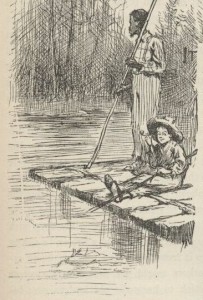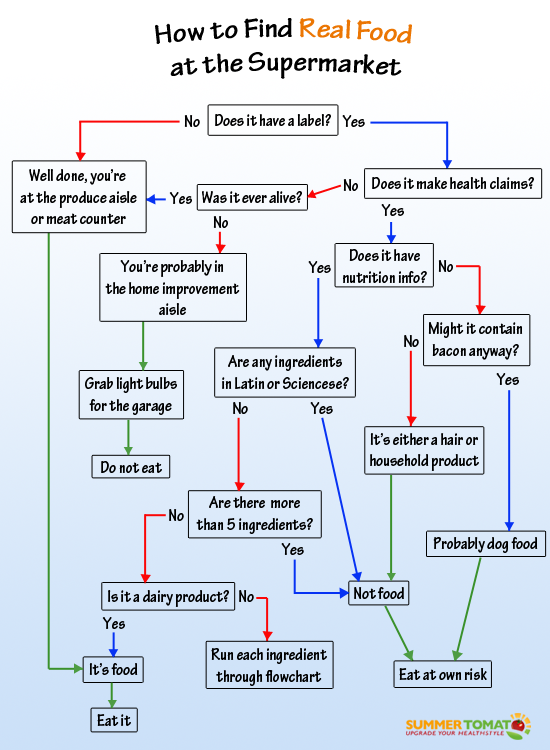A key premise of the Montessori approach to education is that, given children’s innate drive to learn, learning is its own reward. Extend this to adults and you realize that the “work” should provide its own motivation. Cristin O’Keefe notes that in 1847, Thomas Dent Mutter pointed out:
The world is no place of rest. I repeat, it is no place of rest but for effort. Steady, continuous undeviating effort. Our work should never be done and it is the daydream of ignorance to look forward to that as a happy time, when we shall wish for nothing more, and have nothing more to accomplish.
–Thomas Dent Mutter (1847) via Cristin O’Keefe via Harriet via The Dish.
I sometimes wonder, with our adolescents being somewhere between childhood and adulthood, if sometimes neither set of rules apply. For some students, they’ve not yet discovered the “work” that inspires them and, without that overarching objective to drive them, can’t find the motivation for learning.
Adolescence can last a long time.





